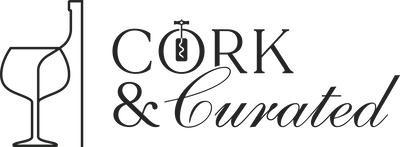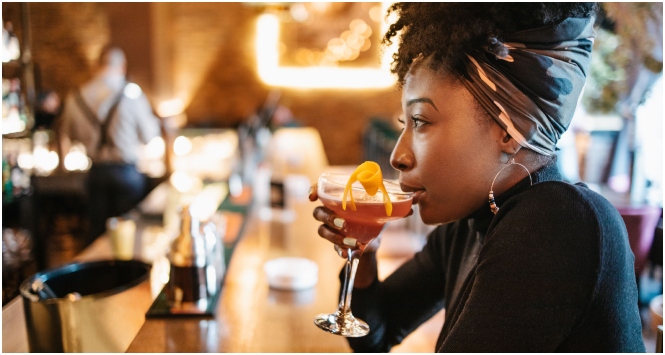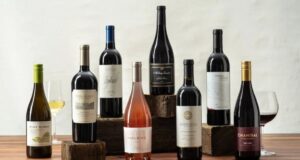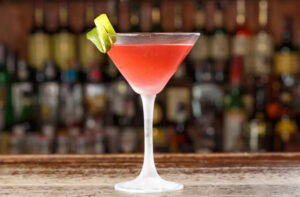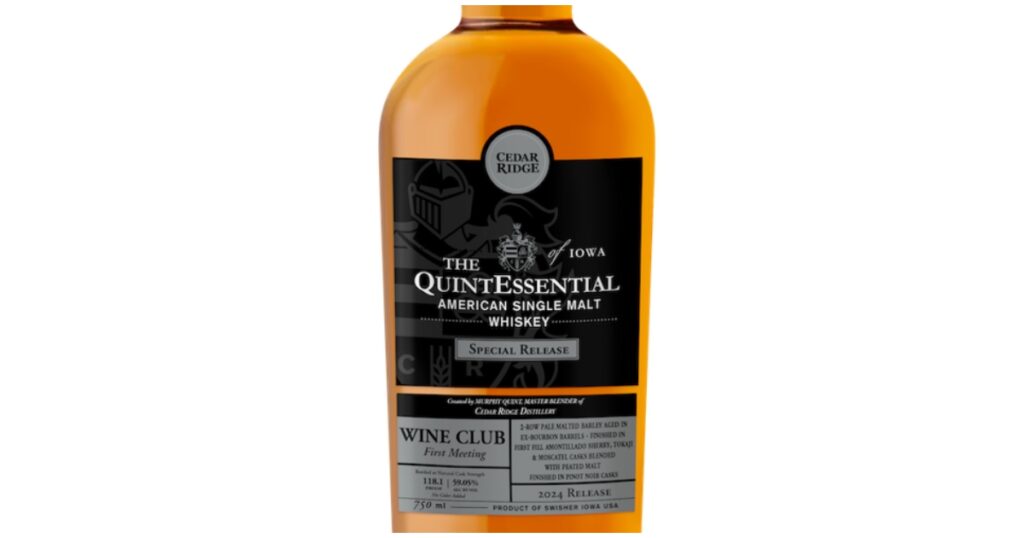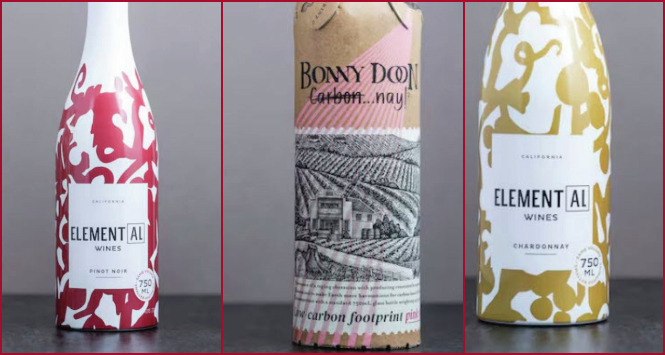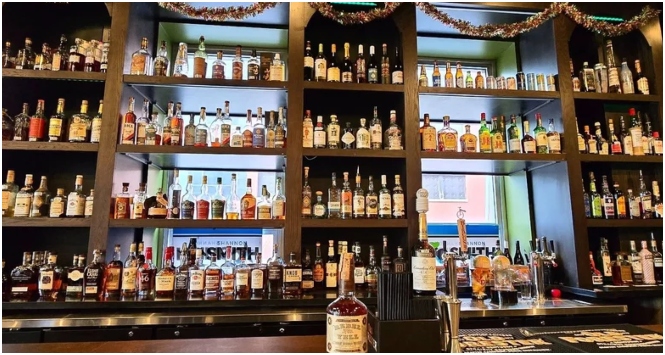The cocktail and spirits industry is set for a turbulent year ahead, with various emerging trends shaping the future of consumption and business in 2025.
From the impact of trade policies to the evolving consumer demand for transparency, here are five trends to watch for in the new year:
Tariffs and Trade Disruption

Trade wars and tariffs are once again looming large for the spirits industry, with proposed tariffs from the incoming U.S. presidential administration potentially wreaking havoc on exports.
In 2025, the return of the 25% tariff on American whiskey to the European Union and the potential for new tariffs on goods from Canada and Mexico will significantly disrupt global trade. Experts warn that the tariffs could impact jobs in the U.S. hospitality industry and increase costs for consumers, highlighting a critical issue facing the spirits sector.
Celebrity Spirits Under Scrutiny
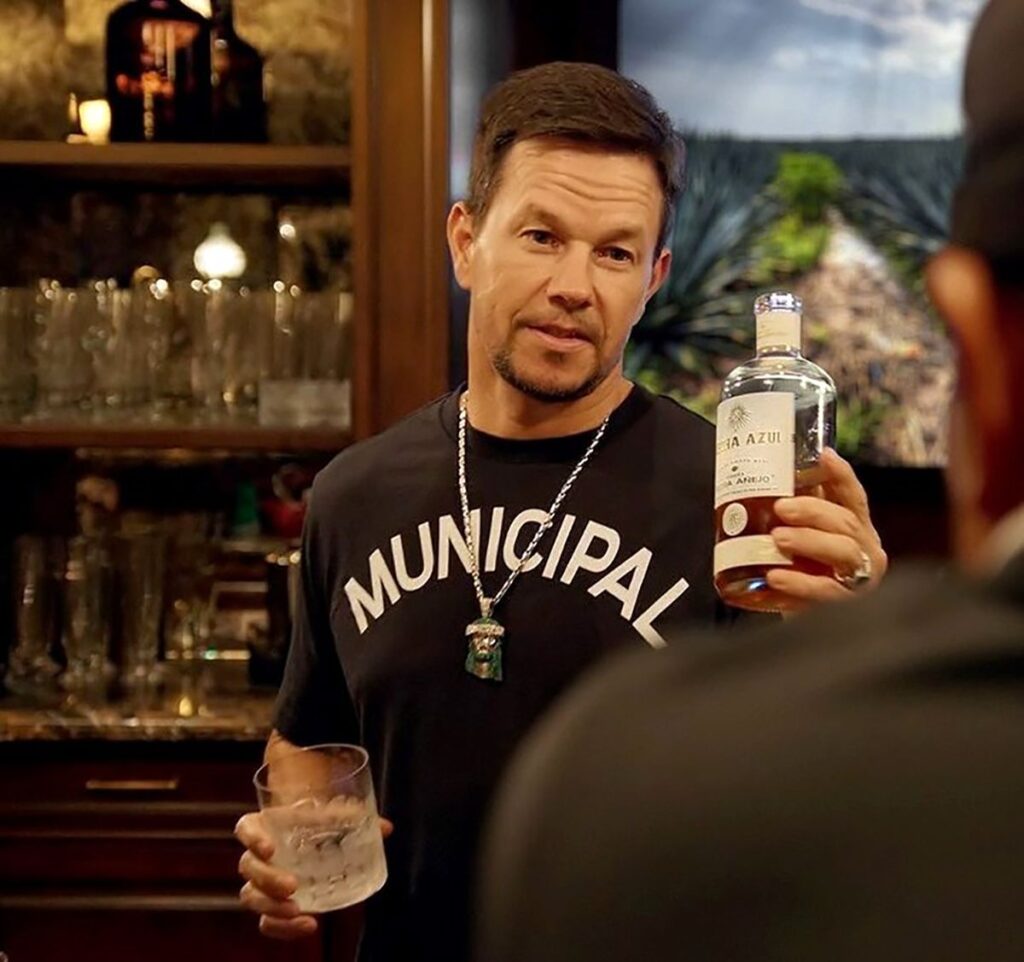
Celebrity-backed spirits brands, once riding high on star power, are seeing increased skepticism from consumers. As the market shifts, consumers are demanding more than just a famous name—they want quality and authenticity.
With the growing awareness of additives in celebrity tequila brands, many consumers are turning away from these products in favor of trusted, quality options. The luxury spirits market, including celebrity-endorsed brands, is expected to face a decline as customers prioritize everyday spirits over high-priced bottles.
Food Sales Boost Bars’ Bottom Line

In 2025, bars are increasingly relying on food sales to enhance their overall profitability. As cocktail bars continue to compete for customers, many are elevating their food offerings, providing more upscale small plates and snacks.
This trend reflects a broader shift in consumer behavior, where patrons are seeking a complete dining experience when they go out for drinks. Bars that integrate food into their cocktail menu are seeing increased customer spending and longer stays, which in turn strengthens their bottom lines.
The Rise of Sessionable Drinks

The trend of sessionability, or the ability to drink in moderation over a long period, is growing in popularity. Consumers are now looking for lower-alcohol and alcohol-free options that allow for a more prolonged drinking experience without negative side effects. This trend reflects a growing interest in wellness and self-care, with bars and restaurants focusing on offering sophisticated, non-alcoholic cocktails that appeal to customers seeking healthier alternatives.
Growth in Home Cocktailing
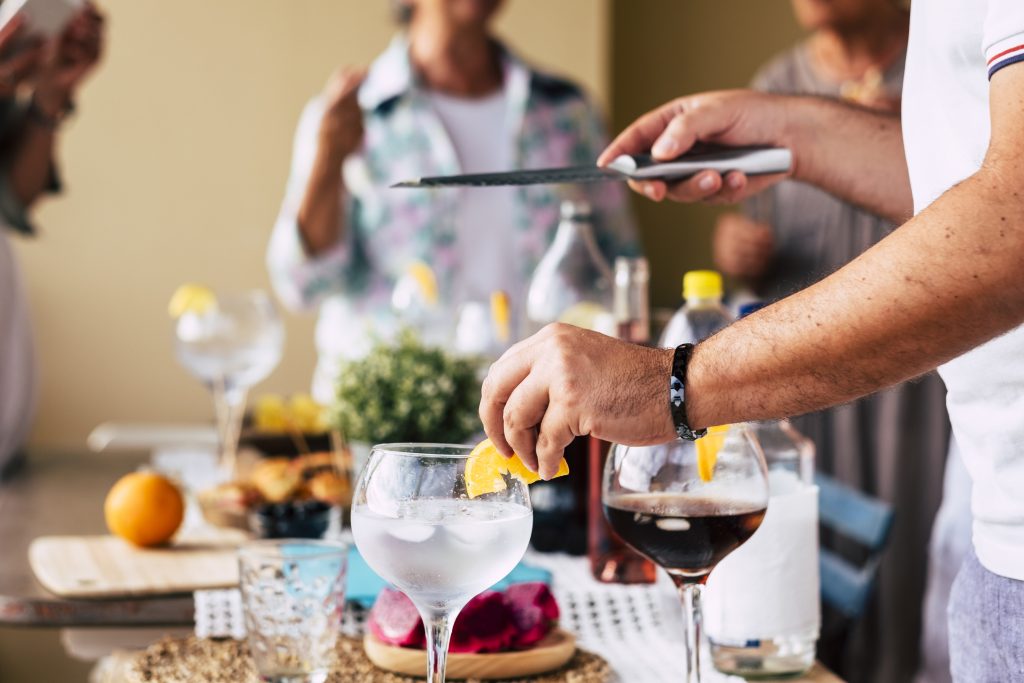
Home cocktailing continues to thrive, with ready-to-drink (RTD) beverages leading the charge. RTD sales surged nearly 27% in 2023, and this growth is expected to continue throughout 2025. Consumers are experimenting more with home cocktails, learning to craft complex drinks that mirror the quality they enjoy at bars. In response, retailers are focusing on offering the ingredients needed for consumers to make their favorite drinks at home, ensuring that cocktail-making remains an engaging and accessible hobby.
The trends of 2025 reflect a more thoughtful, consumer-driven approach to alcohol consumption, with a focus on quality, transparency, and an evolving relationship between food, drink, and overall experience.
